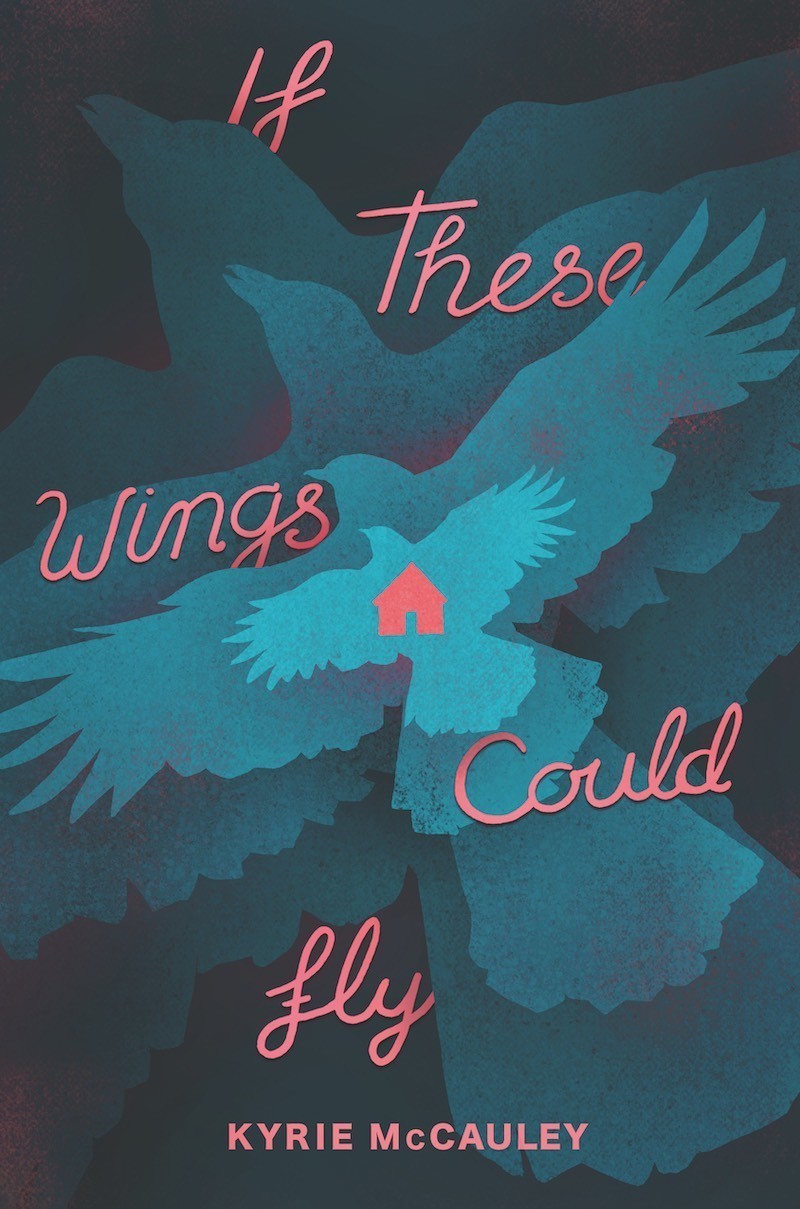Chapter 29
byChapter 29 centers on the newfound excitement in the Auburn Wolves’ community as the team celebrates an undefeated season for the first time in nearly two decades. The protagonist’s friend, Sofia, who is a reporter, is eager to interview the protagonist’s father about the team’s achievements. This leads the protagonist to accompany Liam’s family to a game, where the shift from their quiet, music-filled car ride to the vibrant celebration after the Wolves’ victory highlights the immense energy and enthusiasm in the air. The joy from the game extends beyond just the team’s success, as it pulls the protagonist and her friends into a shared moment of celebration, revealing how moments of collective pride can unite people. This experience marks a turning point for the protagonist as she finds herself swept up in the infectious excitement that surrounds the Auburn Wolves, emphasizing the connection between personal and communal joy.
Following the game, the group gathers in Liam’s basement, which provides a comforting and intimate space away from the chaos of the world outside. As Fiona shows off her dance moves in a makeshift studio, the group’s conversation shifts to more personal matters, like the dynamics of relationships in middle school. The pressures of appearance and social acceptance come to the forefront, reflecting the insecurities that often plague young people. Fiona brushes off a boy’s compliment, demonstrating how teenage attraction can often be shallow or fleeting, while at the same time underscoring the complexity of young relationships. Fiona’s insistence on enjoying the winter formal as a group illustrates a theme of solidarity among friends during adolescence, showcasing how social circles can change as romantic interests come into play. The girls’ conversation highlights the evolving nature of friendship, as they navigate the turbulent landscape of adolescence, where relationships are constantly in flux and often defined by external pressures.
Liam’s playful and supportive nature becomes more evident during a critique of Portrait of an Old Crow, a drawing of a crow named Joe. He encourages the protagonist to loosen up, pointing out how often people are too hard on themselves and encouraging her to embrace her imperfections. In this light, Liam reveals an unexpected depth, using the drawing as a conversation starter to discuss themes of acceptance and vulnerability. Their playful exchange, with Liam’s terrible singing that elicits laughter, demonstrates the ease between them and their growing comfort with each other. Through these moments, the protagonist begins to shed some of her insecurities, learning from Liam’s ability to laugh at himself and embrace the silliness of life. The conversation also subtly highlights the contrast between how they approach life—Liam with a laid-back and carefree attitude, while the protagonist grapples with her worries and self-doubt. This dynamic deepens their connection, allowing the protagonist to consider letting go of her reservations and embracing new experiences with Liam.
As the chapter progresses, a pivotal moment unfolds when Liam, encouraged by the laughter they’ve shared, finally gathers the courage to ask the protagonist to be his girlfriend. This question, though simple, holds significant weight for both of them, marking a step toward a deeper emotional connection. The protagonist, initially teasing Liam about dating, finally admits her own feelings, affirming her desire to take their relationship to the next level. This moment of vulnerability between them reflects the uncertainty and excitement that comes with first love, where each new step feels monumental and charged with emotion. The upcoming winter formal, once a distant thought, now becomes a symbol of their growing bond, representing not just a fun event but a key moment in their evolving relationship. It signals a shift in how they view each other and their connection, suggesting the start of something real and meaningful.
Ultimately, this chapter beautifully encapsulates the complexities of youth, companionship, and the mixed emotions surrounding first love. Through lighthearted moments, playful banter, and deeper conversations, the chapter explores the nuances of growing up, where friendship and romance blend, and where personal growth is intertwined with the joys and challenges of adolescence. The protagonist’s relationship with Liam evolves through shared experiences, highlighting how these formative years are defined by both lighthearted fun and moments of emotional significance. The juxtaposition of carefree fun and the deeper emotional undercurrents of first love paints an authentic portrait of adolescence, where each new experience—whether joyous or uncertain—helps shape one’s understanding of themselves and their relationships. Through these experiences, the protagonist learns more about love, friendship, and the complexities of balancing one’s desires with the realities of growing up.

